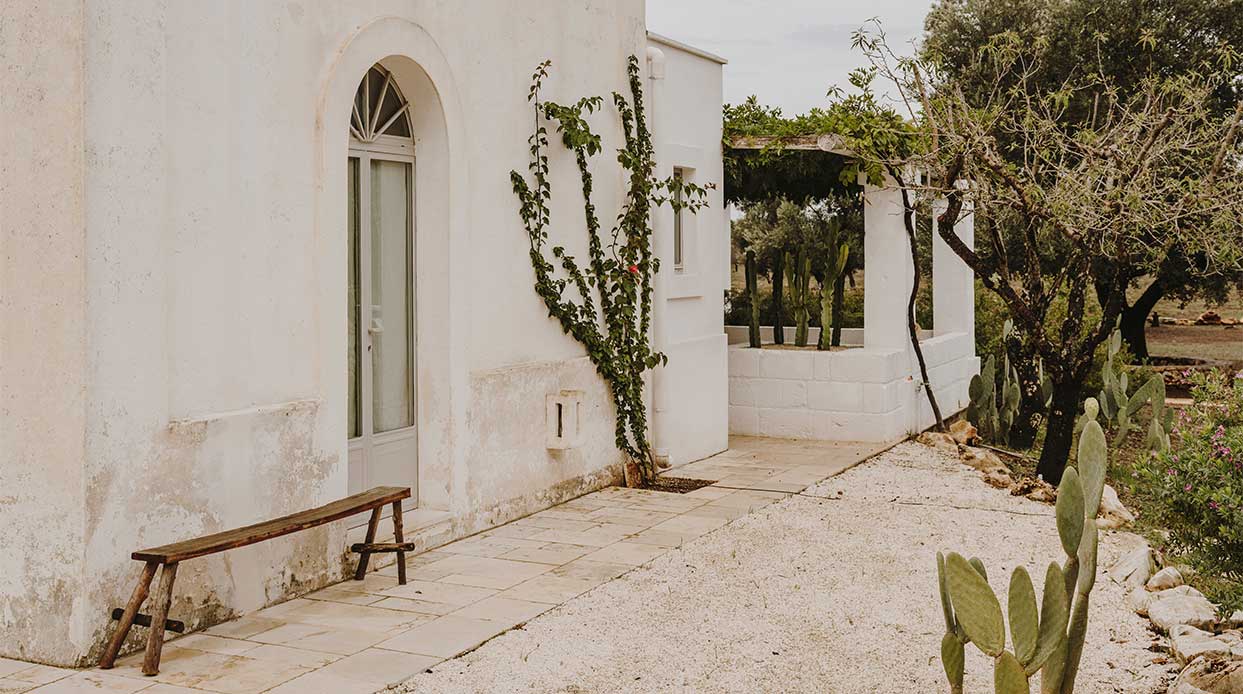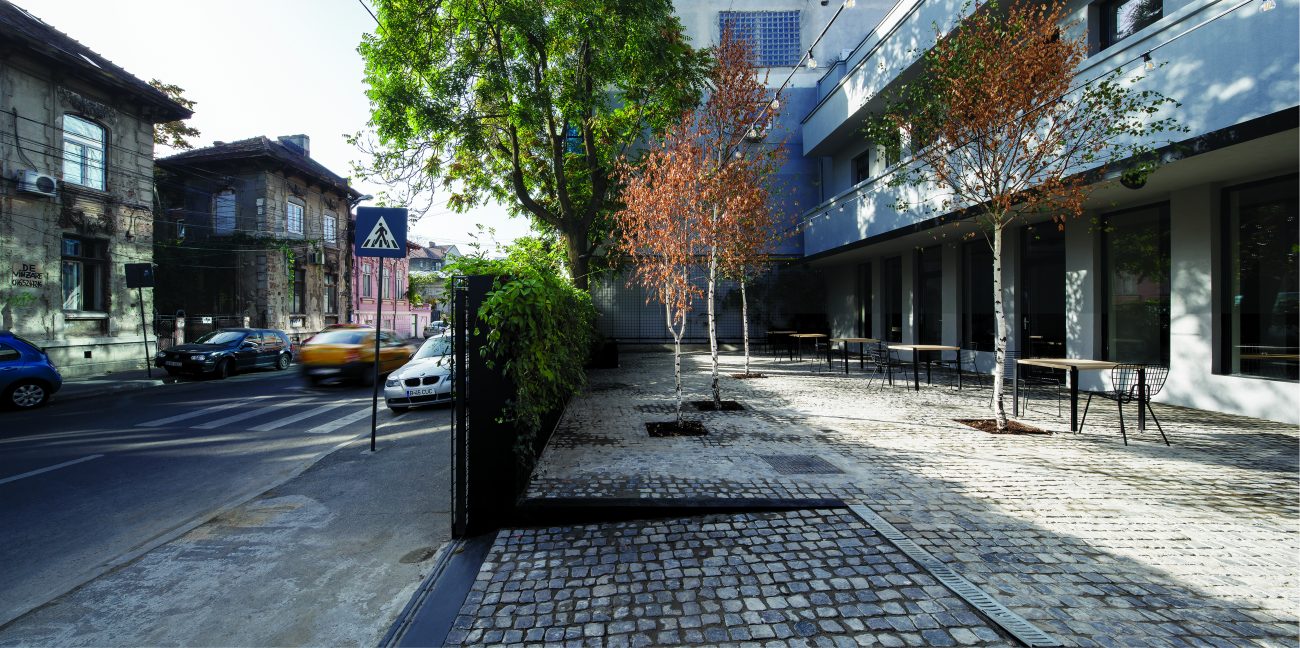THE FIRST STORY: The Nostalgia for Something You Didn’t Have
It was early summer 2010. After three busy days of architecture at the Venice Architecture Biennale, spent with two other

It was early summer 2010. After three busy days of architecture at the Venice Architecture Biennale, spent with two other editors we felt the need to roam freely, without a specific target, without a map and compass through the heights of Tuscany. We avoided the highway, we went around Florence, we strayed randomly on narrow and winding roads that went up and down abruptly on wooded hills or passed patches of orchards and vineyards. But the most spectacular roads were those that meandered along the small stone settlements sprinkled on the top of the hills, settlements that, like these roads, offer (control) an unlimited view from one side to the other and all around of the nearest and most distant surroundings.
And so it happens, on one of the mornings of those days with mild and warm light, lost on such a road, what caught our attention was not necessarily the silhouette of the settlement perched on a hill to the right of the road, but the visual axial line of the access path to this settlement, whose vanishing point was the façade of the church set exactly at the top of the hill, her fronton drawing a virtual arrow into the sky with gravity. Excited and overwhelmed by the force of that vanishing line we stopped and entered the village that seemed deserted. There were no people, nor any tables and chairs for tourists in front of the downtown houses. The faded wooden shutters covered all the openings of windows and doors. Even the church was closed. Beyond it, a full, wide but especially long view of the valley was opening. A little confused and intrigued, we returned to the road and got into the car to continue our journey.
We would have liked to exchange some words with someone there to understand anything about that settlement and its people. That’s why we didn’t continue our journey on the road, but went straight through the village. We crossed the deserted main street again, passed the still church and descended on the path to its left. Less than a hundred meters onwards, the road turned to the right, descending steeply towards the valley, passing the last houses of the settlement. At that moment we saw two men in the yard in front of the house, doing some repair work. We stopped and talked with the eldest one (he spoke English with ease and very well). We introduced ourselves and asked him if he would allow us to see such an old house on the inside as well. He consulted his wife and invited us in.
I walked into a small, dark and cool vestibule. To the left, a narrow staircase, and in the front, a door through which you entered a rather small room (aproximatively 3 × 4 meters). It was arranged as a living room, with a sofa and three cozy and deep armchairs, a Biedermaier commode and a Baroque window, an old piano, and of course, a fireplace; three paintings, some metallic pots, some books and albums, two brass candlesticks, a plate and a Sèvres porcelain bowl and a large contemporary Persian rug. Although the assemblage was quite eclectic, the atmosphere was balanced, calm and friendly. The same domestic atmosphere could also be found in the downstairs room (basement), which was used as living room. Here, an older hutch (a kitchencupboard) exhibited a small collection of Sèvres porcelain plates, while an entire wall, just like the wall of the downward staircase, exhibited numerous drawings and sketches of architectural monuments. Upstairs there were two very small and more austere bedrooms (like in a monastery), with massive wooden beds (old, maybe from the same area), two simple, well proportioned bedside tables and an equally simple and old commode; some paintings and drawings, a small mirror in a wodden frame, also old. Floors and steps made of stone, white walls, visible wooden beams on the first two levels. We were impressed, enchanted and excited by the atmosphere and the quality of the spaces. Definitely having a small suspicion, and being curious, we could not help asking a question about our host, the owner of this house. The gentleman in question was Irish, retired, of course, and upon his retirement he had acquired this property. He had known and loved the Tuscan lands and especially the area of the Chianti Valley where he often returned during his vacations since his youth. This is how he found this village called Panzano di Chianti. He is an architect, which was not something unexpected for us. The big surprise was when he told us he had worked in Walter Gropius’ workshop, whom he had closely been acquainted with.
 Romană
Romană English
English




